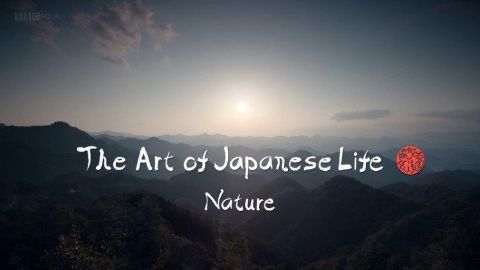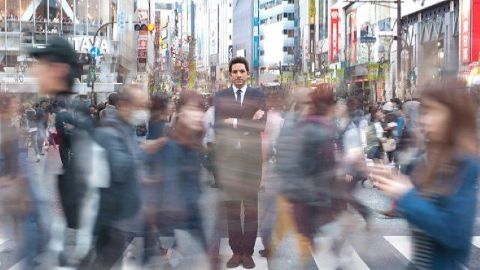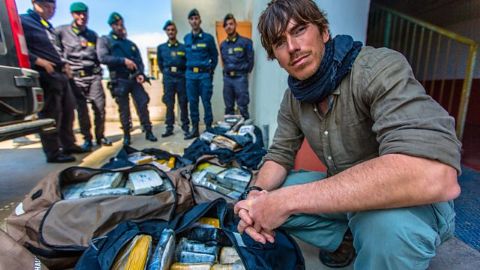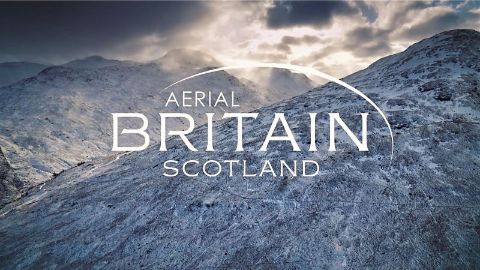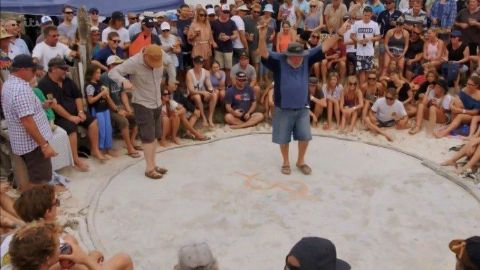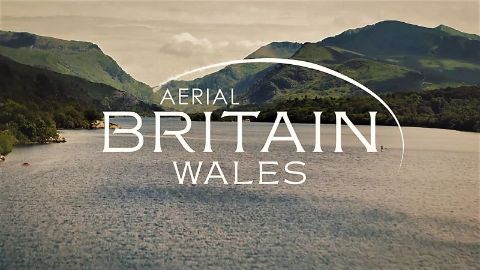Home • 2017 • episode "S1E3" • The Art of Japanese Life
The clean minimalism of the Japanese home has been exported around the world, from modernist architecture to lifestyle stores like Muji. But the origins of this ubiquitous aesthetic evolved from a system of spiritual and philosophical values dating back centuries. James visits one of Japan's last surviving traditional wooden villages, and the 17th-century villa of Rinshunkaku, and reveals how the unique spirit of Japanese craftsmen turned joinery into an artform - creating houses without the need for nails, screws or glue. Exploring some of the traditional arts of the Japanese home, James also investigates attitudes to domestic culture in modern Japan, meeting photographer Kyoichi Tsuzuki, chronicler of Japan's crowded cities and tiny apartments. Other highlights include a performance by calligrapher and artist Tomoko Kawao and a visit to the hometown of architect Terunobu Fujimori.
Make a donation
Buy a brother a hot coffee? Or a cold beer?
Hope you're finding these documentaries fascinating and eye-opening. It's just me, working hard behind the scenes to bring you this enriching content.
Running and maintaining a website like this takes time and resources. That's why I'm reaching out to you. If you appreciate what I do and would like to support my efforts, would you consider "buying me a coffee"?
Donation addresses
BTC: bc1q8ldskxh4x9qnddhcrgcun8rtvddeldm2a07r2v
ETH: 0x5CCAAA1afc5c5D814129d99277dDb5A979672116
With your donation through , you can show your appreciation and help me keep this project going. Every contribution, no matter how small, makes a significant impact. It goes directly towards covering server costs.
